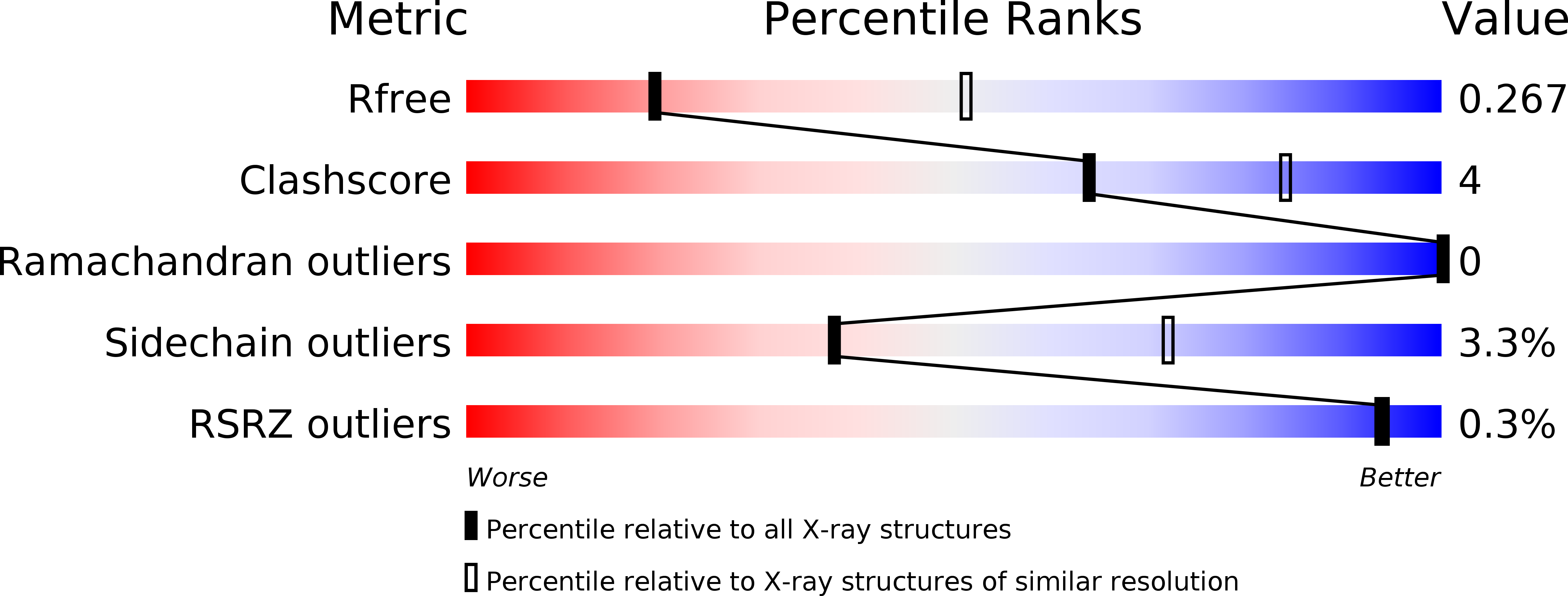
Deposition Date
2012-11-07
Release Date
2013-03-27
Last Version Date
2024-02-28
Entry Detail
PDB ID:
4HW7
Keywords:
Title:
Crystal structure of FMS kinase domain with a small molecular inhibitor, PLX647-OME
Biological Source:
Source Organism:
Homo sapiens (Taxon ID: 9606)
Host Organism:
Method Details:
Experimental Method:
Resolution:
2.90 Å
R-Value Free:
0.26
R-Value Work:
0.22
R-Value Observed:
0.22
Space Group:
P 43 21 2


